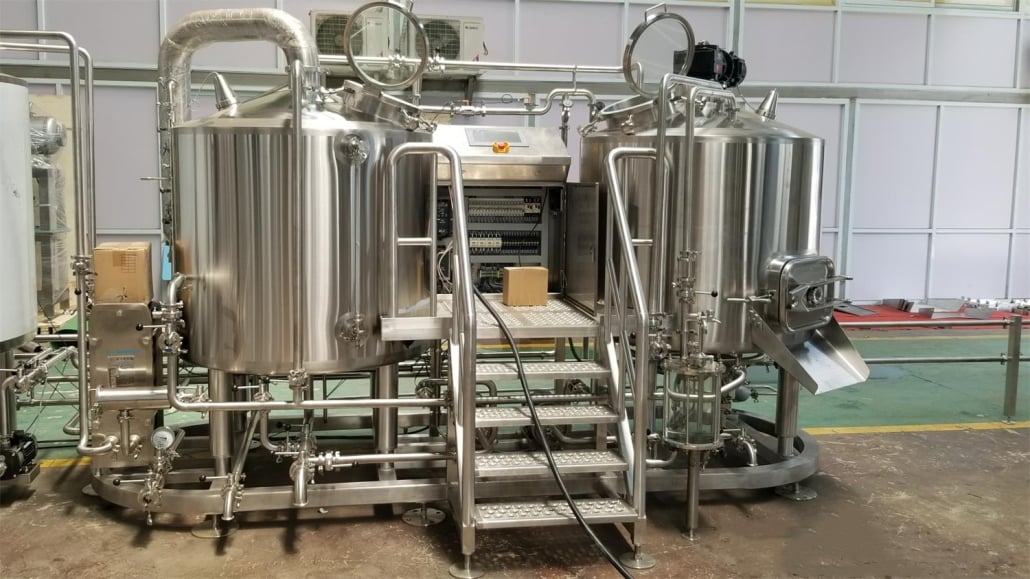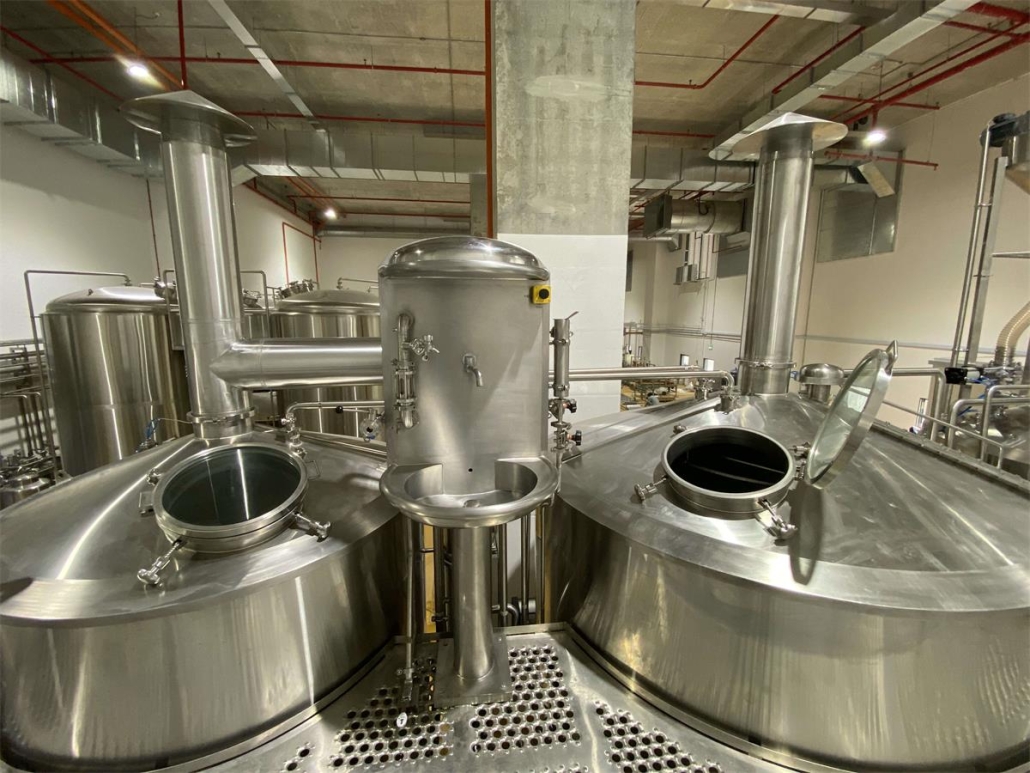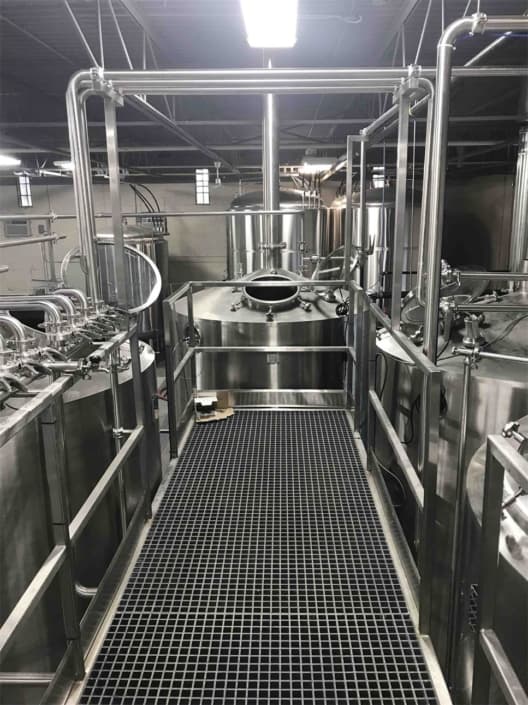Brewery Manufacturer
Welcome to the comprehensive guide on brewery manufacturing! If you’re interested in starting your own brewery, upgrading your existing setup, or simply curious about the intricate world of brewery equipment, you’re in the right place. This article will cover everything from brewery manufacturer guides and brewing processes to selecting the right supplier. Let’s dive into the fascinating world of brewery manufacturing.
Overview of Brewery Manufacturing
brewery manufacturer is a complex yet rewarding endeavor that involves various stages and equipment. Whether you’re brewing for a small microbrewery or a large commercial setup, the principles remain the same, but the scale and sophistication of the equipment can vary significantly.
What is Brewery Manufacturing?
Brewery manufacturing encompasses the production, processing, and packaging of beer. This involves several key steps: mashing, boiling, fermenting, conditioning, and packaging. Each step requires specialized equipment designed to maintain the quality and consistency of the beer.
Key Considerations for Brewery Manufacturing
- Scale of Production: Microbrewery vs. Commercial Brewery
- Type of Beer: Ales, Lagers, IPAs, Stouts, etc.
- Budget: Initial investment and ongoing costs
- Space: Physical space requirements for equipment
- Compliance: Meeting local regulatory requirements

Brewery Equipment Guide
Choosing the right equipment is crucial for the efficiency and quality of your brewery. Here’s a detailed look at the essential equipment needed for brewery manufacturing.
Essential Brewery Equipment
- Mash Tun: Used for mashing grains with water to extract fermentable sugars.
- Boil Kettle: Boils the wort with hops to add flavor.
- Fermenters: Where the wort is fermented into beer.
- Bright Tanks: Used for conditioning and carbonating beer.
- Packaging Equipment: Bottles, cans, kegs, and related machinery.
Equipment Types and Their Functions
| Equipment | Function |
|---|---|
| Mash Tun | Mashing grains with water |
| Lauter Tun | Separating wort from spent grains |
| Boil Kettle | Boiling wort with hops |
| Whirlpool | Separating hop particles from wort |
| Fermenter | Fermenting wort into beer |
| Bright Tank | Conditioning and carbonating beer |
| Heat Exchanger | Cooling wort before fermentation |
| CIP System | Cleaning in place system for sanitizing |
Brewing Process
The brewing process is a step-by-step method that transforms raw ingredients into the delicious beer we all love. Here’s a detailed look at each stage of the brewing process.
Steps in the Brewing Process
- Mashing: Grains are mixed with hot water in the mash tun to convert starches into fermentable sugars.
- Lautering: The mash is transferred to the lauter tun where the wort is separated from the spent grains.
- Boiling: The wort is boiled in the kettle, and hops are added for bitterness and flavor.
- Whirlpooling: The wort is swirled to separate hop particles and other solids.
- Cooling: The wort is rapidly cooled using a heat exchanger.
- Fermentation: The cooled wort is transferred to fermenters where yeast is added, converting sugars into alcohol and CO2.
- Conditioning: The beer is conditioned in bright tanks, where it’s carbonated and matured.
- Packaging: The final product is packaged into bottles, cans, or kegs for distribution.
Brewing Process Details
| Step | Description |
|---|---|
| Mashing | Mixing grains with water to extract fermentable sugars |
| Lautering | Separating wort from spent grains |
| Boiling | Boiling wort with hops to add bitterness, flavor, and aroma |
| Whirlpooling | Swirling the wort to separate solids |
| Cooling | Rapidly cooling wort before fermentation |
| Fermentation | Adding yeast to the cooled wort to produce alcohol and CO2 |
| Conditioning | Maturing and carbonating the beer in bright tanks |
| Packaging | Filling bottles, cans, or kegs with the finished beer |
Brewery Equipment Capacity and Design
When setting up a brewery, it’s important to consider the capacity, design, and layout of the equipment. This ensures that your brewery operates efficiently and can scale as needed.
Capacity and Space Considerations
| Capacity | Space Requirement | Design/Layout | Customization Options |
|---|---|---|---|
| Small Scale | Limited space | Compact, modular design | Basic customization available |
| Medium Scale | Moderate space | Standard layout with some customization | Moderate customization options |
| Large Scale | Ample space | Customized layout for optimal efficiency | Extensive customization options |
Design and Layout Tips
- Flow Efficiency: Arrange equipment to minimize movement and maximize workflow.
- Scalability: Choose a design that allows for future expansion.
- Safety: Ensure all equipment is accessible and meets safety standards.
- Aesthetics: Especially important for breweries with public tours or tasting rooms.
Brewery Equipment Suppliers and Price Range
Finding the right supplier is crucial for obtaining high-quality equipment at a reasonable price. Here’s a look at some top suppliers and their price ranges.
Top Brewery Equipment Suppliers
| Supplier | Price Range | Specialties |
|---|---|---|
| ABC Brew Systems | $50,000 – $500,000 | Custom brewery systems |
| DEF Brewing Equipment | $30,000 – $300,000 | Standard and custom solutions |
| GHI Brewery Supplies | $40,000 – $400,000 | Full-service brewery setup |
| JKL Industrial Brewing | $60,000 – $600,000 | Large-scale commercial setups |
Price Range Insights
The price range for brewery equipment can vary widely based on the size and complexity of the setup. For instance, a small microbrewery might spend around $100,000 on equipment, while a large commercial brewery could invest several million dollars. Customization, capacity, and additional features also significantly impact the overall cost.
Installation, Operation, and Maintenance
Installing and maintaining brewery equipment is just as important as selecting the right equipment. Proper installation ensures efficient operation and longevity of the equipment, while regular maintenance keeps everything running smoothly.
Installation and Operation
| Installation Aspect | Details |
|---|---|
| Site Preparation | Ensuring the site is ready for equipment setup |
| Professional Installation | Hiring experts for installation |
| Initial Testing | Running initial tests to ensure proper operation |
| Staff Training | Training staff on equipment use and safety |
Maintenance Tips
- Regular Cleaning: Implement a cleaning schedule to prevent buildup and contamination.
- Routine Inspections: Conduct regular inspections to identify and address wear and tear.
- Professional Servicing: Hire professionals for periodic servicing and major repairs.
- Record Keeping: Maintain detailed records of maintenance activities for each piece of equipment.
Choosing the Right Supplier
Selecting the right supplier is crucial for ensuring the quality and reliability of your brewery equipment. Here are some key factors to consider when making your choice.
Factors to Consider
| Factor | Details |
|---|---|
| Reputation | Look for suppliers with a good reputation in the industry |
| Experience | Choose suppliers with extensive experience |
| Customization Options | Assess the level of customization they offer |
| Support and Service | Evaluate their after-sales support and service options |
| Price and Value | Compare prices and the overall value they provide |
Supplier Comparison
| Supplier | Reputation | Experience | Customization Options | Support and Service | Price and Value |
|---|---|---|---|---|---|
| ABC Brew Systems | High | 20+ years | High | Excellent | High |
| DEF Brewing Equipment | Medium | 15+ years | Moderate | Good | Medium |
| GHI Brewery Supplies | High | 25+ years | High | Excellent | High |
| JKL Industrial Brewing | Medium | 10+ years | Moderate | Good | Medium |
Advantages and Limitations of Brewery Equipment
Understanding the advantages and limitations of different types of brewery equipment can help you make an informed decision.
Pros and Cons
| Equipment Type | Advantages | Limitations |
|---|---|---|
| Stainless Steel | Durable, easy to clean | Expensive |
| Plastic | Affordable, lightweight | Less durable, can absorb flavors |
| Copper | Excellent heat conduction, aesthetic | Expensive, requires regular polishing |
| Automated Systems | Increases efficiency, consistent | High initial cost, complex to maintain |
| Manual Systems | Lower cost, greater control | Labor-intensive, inconsistent results |

FAQ
Here are some frequently asked questions about brewery manufacturing, presented in a table format for clarity.
| Question | Answer |
|---|---|
| What is the best type of material for brewery equipment? | Stainless steel is generally considered the best due to its durability and ease of cleaning. |
| How much does it cost to start a microbrewery? | The cost can range from $100,000 to $1 million, depending on the scale and customization. |
| How often should brewery equipment be cleaned? | Equipment should be cleaned after each use and undergo deep cleaning periodically. |
| What factors should I consider when choosing a supplier? | Reputation, experience, customization options, support, and price. |
| Can I start a brewery in a small space? | Yes, with the right design and equipment, you can start a microbrewery in a relatively small space. |
Conclusion
Starting and running a successful brewery involves a significant investment in time, money, and effort. By carefully selecting the right equipment, choosing reliable suppliers, and maintaining your equipment properly, you can ensure the quality and consistency of your beer. We hope this comprehensive guide has provided you with valuable insights into the world of brewery manufacturing. Cheers to your brewing success!
Share this entry
Interested in learning more about Brewing Systems including additional details and pricing information? Please use the form below to contact us!
YOLONG BREWERY EQUIPMENT FAQS
- Commercial Brewery / Craft Brewery / Microbrewery / Nanobrewery
- What is The Difference Between Craft Beer and Industrial Beer?
- The Bespoke Differences In Custom Brewing Systems
- Everything You Need to Know About Kettle Souring
- How to Choose Brewing Equipment for Your business?
- How To Choose The-Best Partner To Build Your Commercial Microbrewing System?
- Two Detection Sensors That You Need To Use In Your Brewhouse System
- Remote Control Applications in Brewing Equipment/How does it work?
- How To Clean Your Brand New Brewery Tanks?

